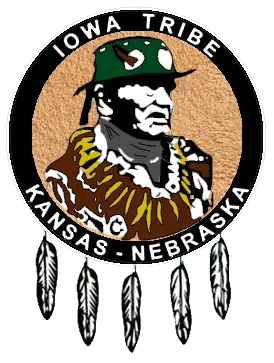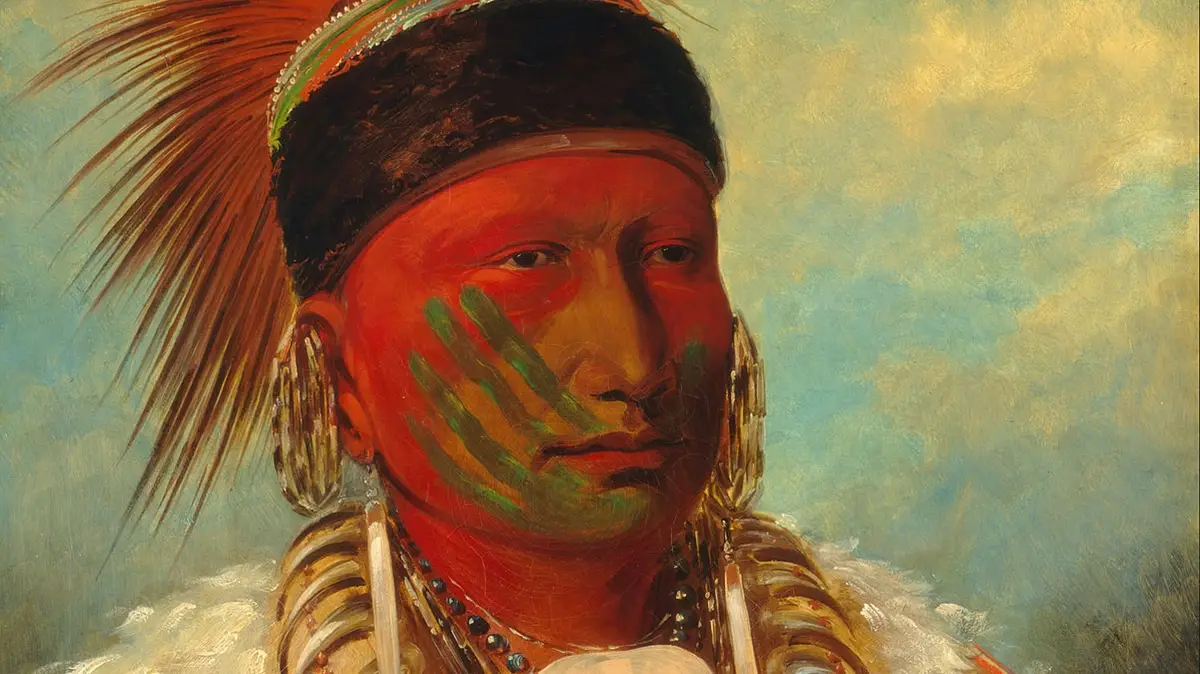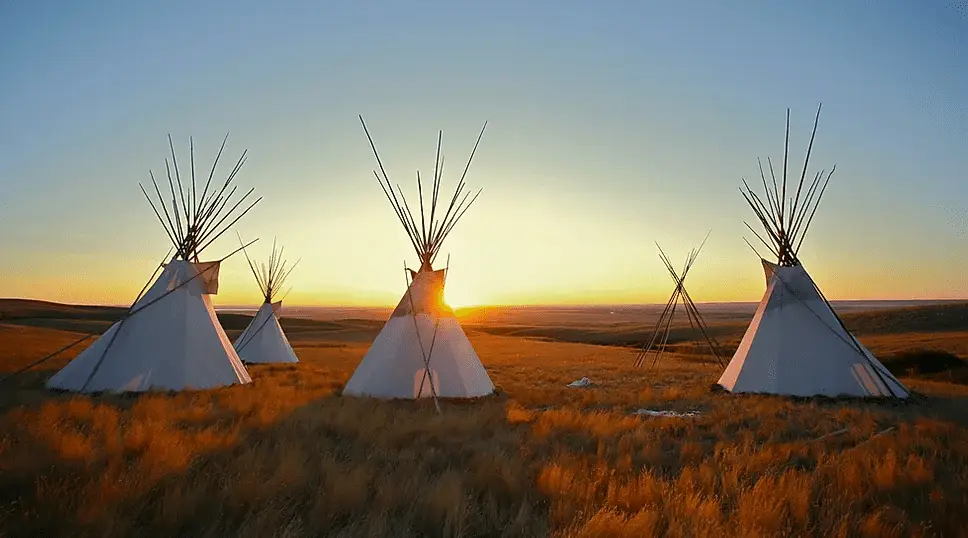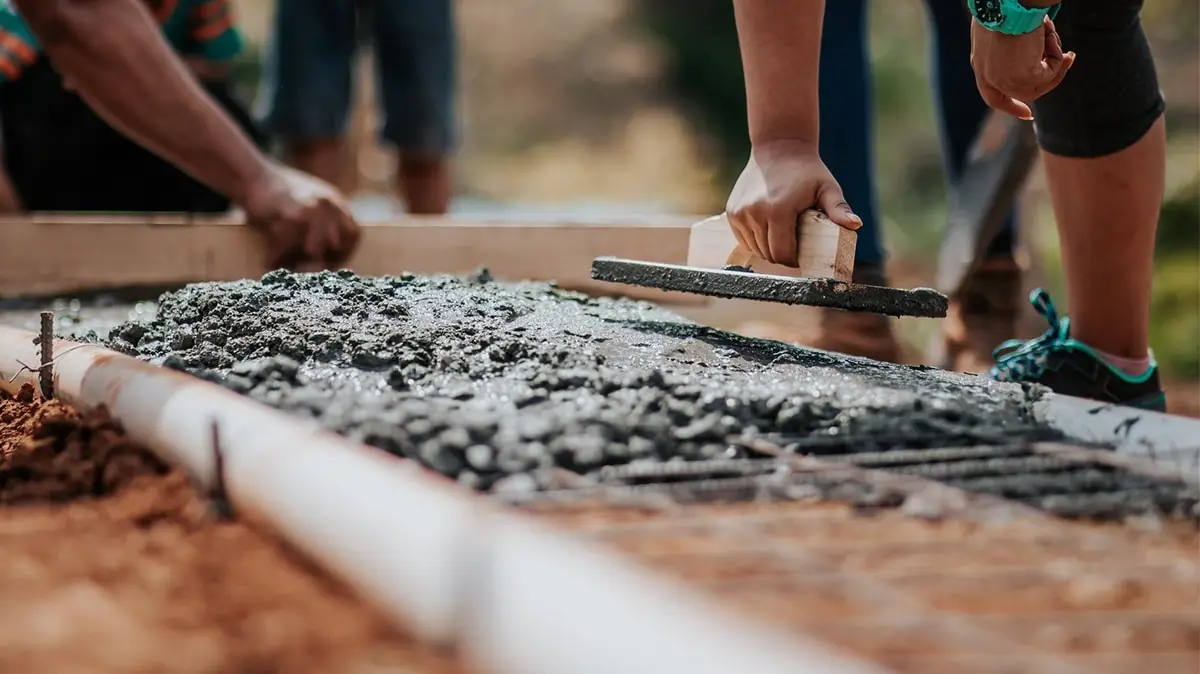
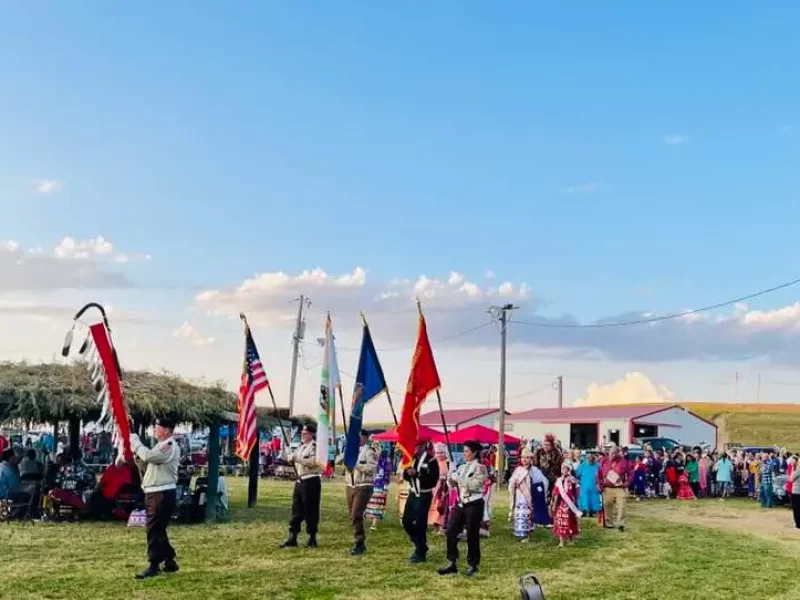
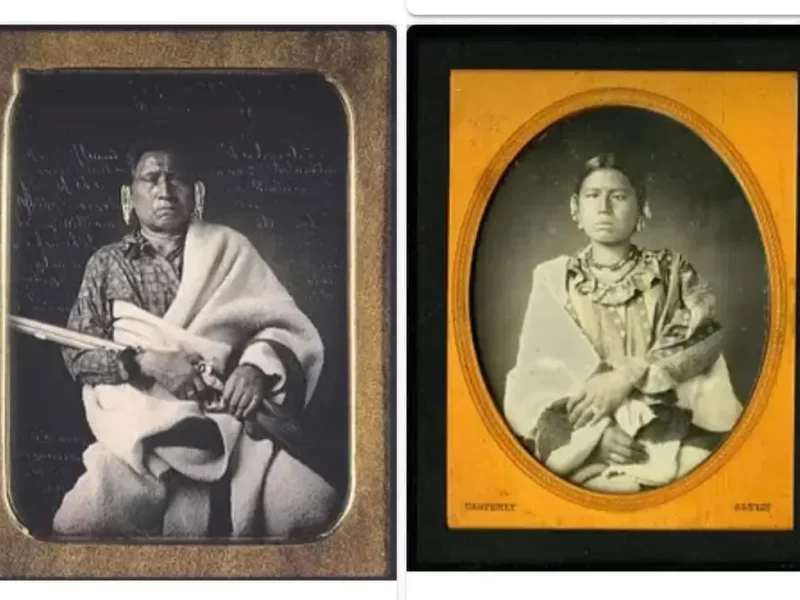
About
EST. 1861
The operations of the Iowa Tribe of Kansas and Nebraska are based on its federally established reservation covering approximately 12,038 acres across portions of Brown County and Doniphan County in Northeast Kansas and Richardson County in Southeast Nebraska. The reservation was established and modified pursuant to a series of treaties, with the current boundaries established in the Treaty of March 6, 1861. The Iowa Tribe of Kansas and Nebraska currently controls approximately 6,000 acres of its reservation with most of this land held in trust.
Population
In 1804, the Ioway population was reduced to 800 because of many factors, but primarily because of smallpox, as Ioways had no natural immunity. In 1906, only 100 Ioways lived in Kansas and 100 lived in Oklahoma. By 1908, Iowa Tribe had recovered to approximately 1,000 people.
Growth
In 1854, the Kansas-Nebraska Act created the territories of Kansas and Nebraska, drawing a line across the Iowa Reservation, which is how we became known as the Iowa Tribe of Kansas and Nebraska. In 1870’s the tribe split into two groups. The southern Ioway moved to indian territory while the northern Ioway remained in Kansas and Nebraska.
